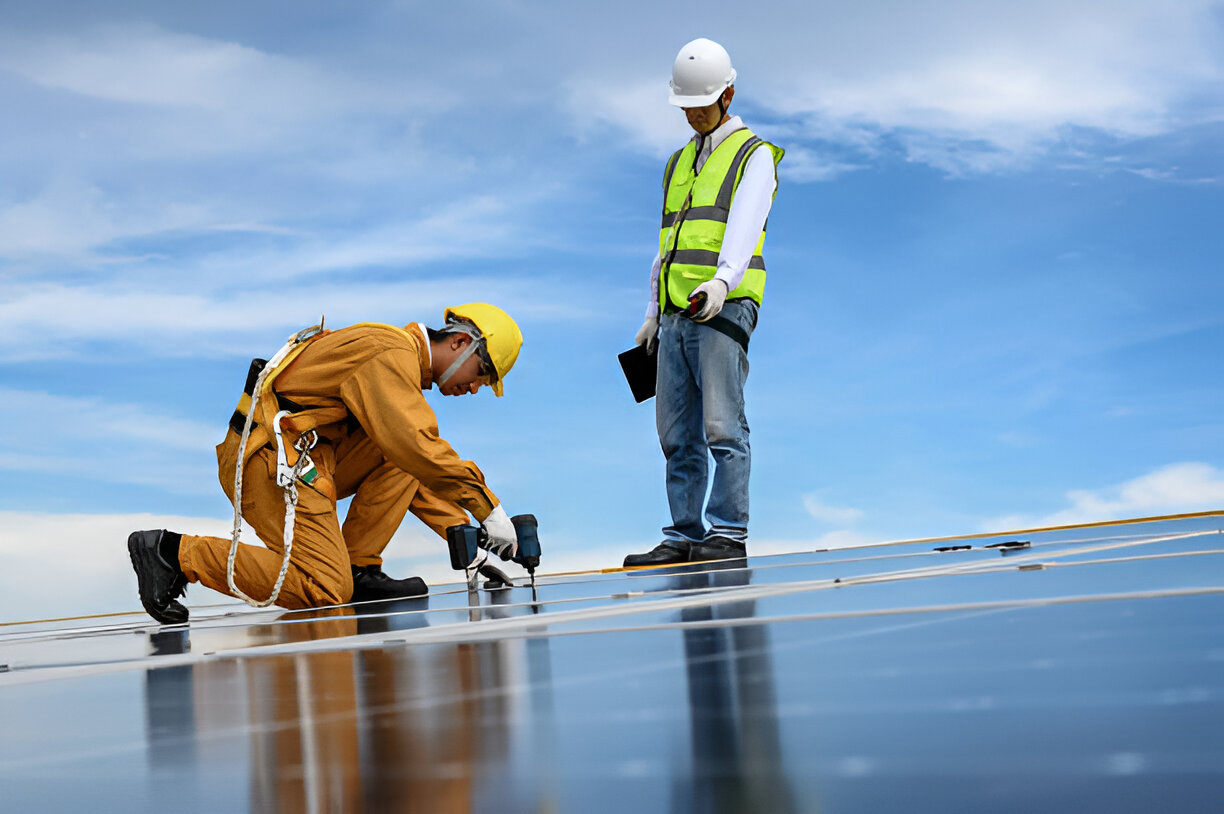Solar panels are helping homes switch to clean energy and lower bills. As technology grows, homeowners face two main choices for their systems today. Should they pick solar reinstallation or go for new solar panel installations instead?
Let’s compare the options to help make the right choice clear. Solar energy adoption continues to rise as families prioritize cost-effective and eco-friendly power solutions. Understanding these options helps in optimizing investments and ensuring sustainability goals are met.
Understanding Solar Reinstallation
Solar reinstallation involves reinstalling existing panels onto roofs or other suitable places. It happens when homeowners repair roofs or shift to different homes needing the same panels. Solar reinstallation costs less than buying entirely new solar panels, saving money. However, it may need extra care to avoid damage during the whole reinstallation process. This process also ensures minimal disruption to your daily energy needs, making it a practical choice for many.
Benefits of Solar Reinstallation
Reusing panels through solar reinstallation reduces waste and helps the environment greatly. It also ensures the existing system stays in use, preserving your earlier energy investment. Many choose solar reinstallation because it avoids replacing solar panels and saves resources, too.
For homeowners already using panels, this method offers fewer disruptions during upgrades. Additionally, it helps maintain a consistent energy output without the learning curve associated with newer systems.
Challenges of Solar Reinstallation
Reinstallation comes with challenges, like ensuring panels still fit on the current roof. Adjustments to mounting systems may arise, adding costs to some projects along the way. Also, older panels might lack features newer ones include after technology advances.
Homeowners must assess if their existing system aligns with today’s solar system upgrade needs. Proper evaluation and expert guidance can help address these challenges effectively and avoid potential pitfalls.
Exploring New Solar Panel Installations
New solar panel installations focus on using the latest equipment and advanced technologies available. They ensure high efficiency and performance, making them popular among first-time solar adopters. For homeowners seeking improved energy efficiency, replacing solar panels with modern options becomes essential. This path also provides access to better energy storage options, which can enhance overall power reliability.
Benefits of New Solar Panel Installations
The biggest advantage is gaining access to modern advancements in solar panel technologies today. New panels perform better under diverse weather conditions, improving long-term savings greatly. Installing them ensures compatibility with future energy storage systems and smart energy devices, too.
Additionally, warranties offered with new systems provide peace of mind for many years ahead. These advantages make new installations a worthwhile investment for homeowners prioritizing energy efficiency.
Drawbacks of New Solar Panel Installations
Installing new solar panels costs significantly more upfront than solar reinstallation. This higher expense may not appeal to those working with tighter budgets right now. The process also requires removing older systems, potentially leading to waste materials left behind.
Homeowners committed to sustainability might feel reluctant about discarding functional older components unnecessarily. Considering the environmental impact alongside financial costs can guide better decisions for your energy needs.
Comparing Costs: Reinstallation vs. New Installations
Solar reinstallation remains the cheaper option when homeowners already own working panels. Minimal installation costs appeal to people who want efficient energy without spending much. Conversely, new solar panel installations often demand higher investments due to the advanced technologies provided.
Before making decisions, comparing long-term savings against upfront costs is very important. Proper cost analysis can reveal which option aligns with your budget and sustainability goals.
Environmental Impact Considerations
Reinstalling old panels contributes toward reduced waste while promoting sustainable practices within communities. It aligns perfectly with eco-friendly goals and supports responsible resource usage in the long term.
On the other hand, modern panels often improve energy production efficiency, lessening environmental impacts indirectly over time. Balancing between waste reduction and performance improvements becomes key for final decisions. Prioritizing green solutions ensures that energy choices also support broader environmental objectives.
Which Option Best Suits Your Needs?
Choosing between solar reinstallation and new installations depends on individual circumstances entirely. Homeowners satisfied with existing systems might find reinstallation works best for their specific needs. Others seeking maximum performance through better energy efficiency will choose new solar panel installations instead.
Consider factors such as budget, energy goals, and system conditions before committing. Make sure to consult with experts to make informed decisions that align with your household energy plans.
Ready to Power Up Your Solar Journey?
Looking to make the right solar decision for your home or business? Whether you need expert solar reinstallation or want to explore new solar panel installations, our team is here to help. We provide customized solutions and top-quality products with our professional guidance tailored to your energy needs. Contact us today for a free consultation and take the next step toward a brighter, greener future!
Final Thoughts on Solar Decisions
Both options, solar reinstallation or new installations, cater well to different homeowner priorities today. Solar reinstallation saves money, reduces waste, and keeps existing systems running smoothly. New solar panel installations deliver better efficiency, future readiness, and higher performance levels overall. Assess all factors carefully to determine the best fit for your sustainable energy goals.



